Adding to Jack's answer:
Triboelectric effects are just like every day static electricity: rubbing dielectrics together rips some electrons out and creates charge.
This creates a current (i=dq/dt)/
How this will affect your measurement is proportional to the impedance of the circuit driving the cable. The error voltage created is Z*i according to ohm's law. If the cable is driven from the low impedance output of an amplifier, then the effect will usually not matter at all.
But you are measuring tiny photodiode currents, so here it matters.
There is another effect: your coax is a capacitor. If it is charged to a DC voltage (not 0V) then bending it will modify its capacitance. Since the charge inside the cable's capacitance is constant, changing the capacitance changes the voltage. Again, this only matters in a high-impedance setting... like yours.
Solutions:
...and the obvious one, although not always possible:
- Put the amplifier next to the photodiode and have its low-impedance output drive the cable.
If you want non-triboelectric coax, the keywords you have to google are "low noise coaxial cable". This is a type of coax with a graphite/carbon based resistive layer between the insulation layers, which dissipates any charge created by rubbing. However, they are hard to find and expensive.
They are used in electrocardiograms, or for vibration measurement using piezo sensors, for example.
I also second the use of stage microphone cable: musicians like cables which don't produce a THUMP in the speakers when someone steps on the cable. If you walk in any music/guitar shop and ask for such cable, the sales person will know what you're talking about. They may not know about the physics involved, but they will know about clients returning cables because thy're microphonic...
These cables usually have a cotton filler around the wires, which does not generate charge when bent.
I use balanced stage microphone cable for audio measurements: they're cheap, easily available, and work very well. No need for fancy audiophile stuff.
If you want coax, try guitar cable. They're designed for the same setting: tiny signals, lots of spastic movement, high-Z setting... These won't be specified for HF impedance though.
